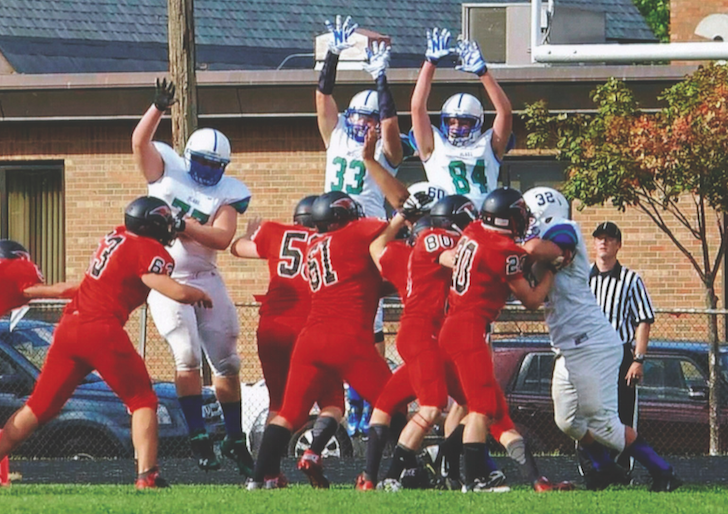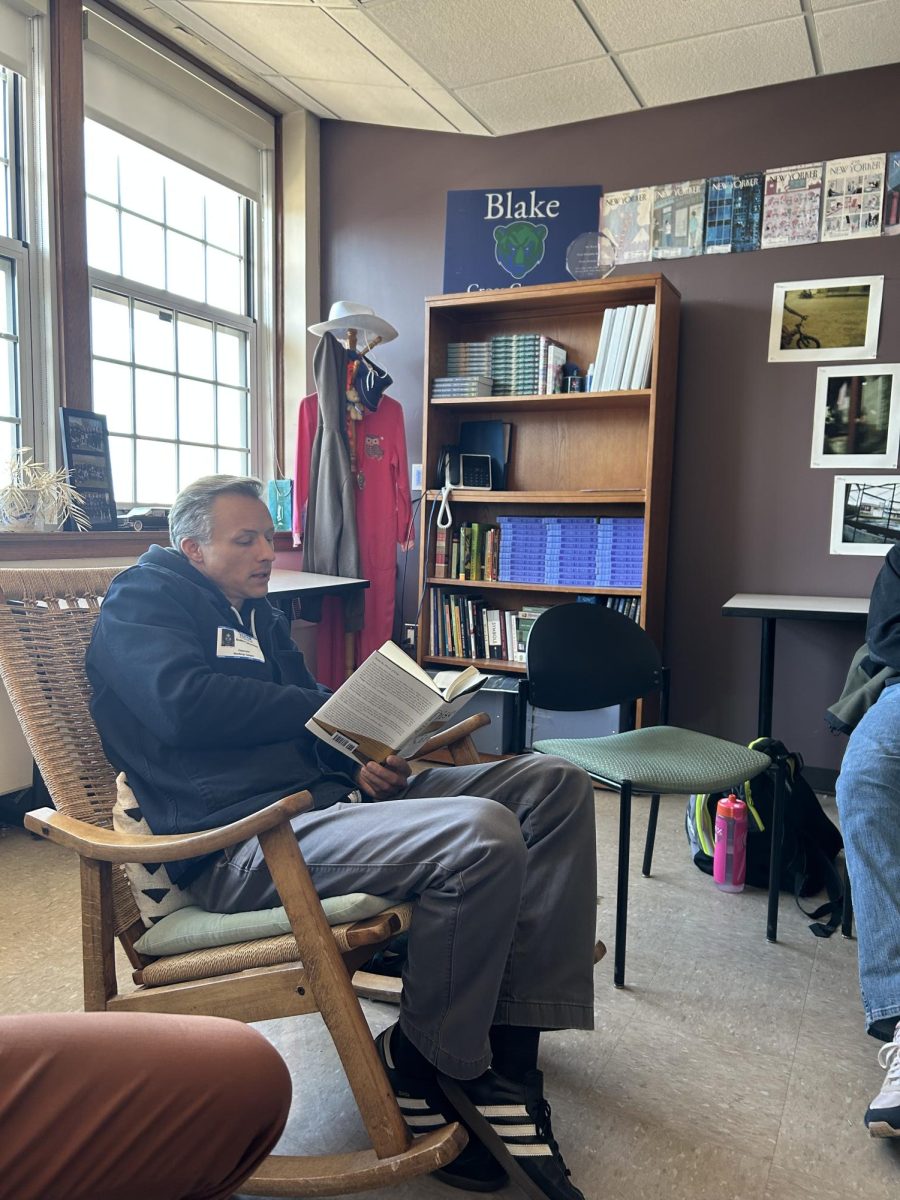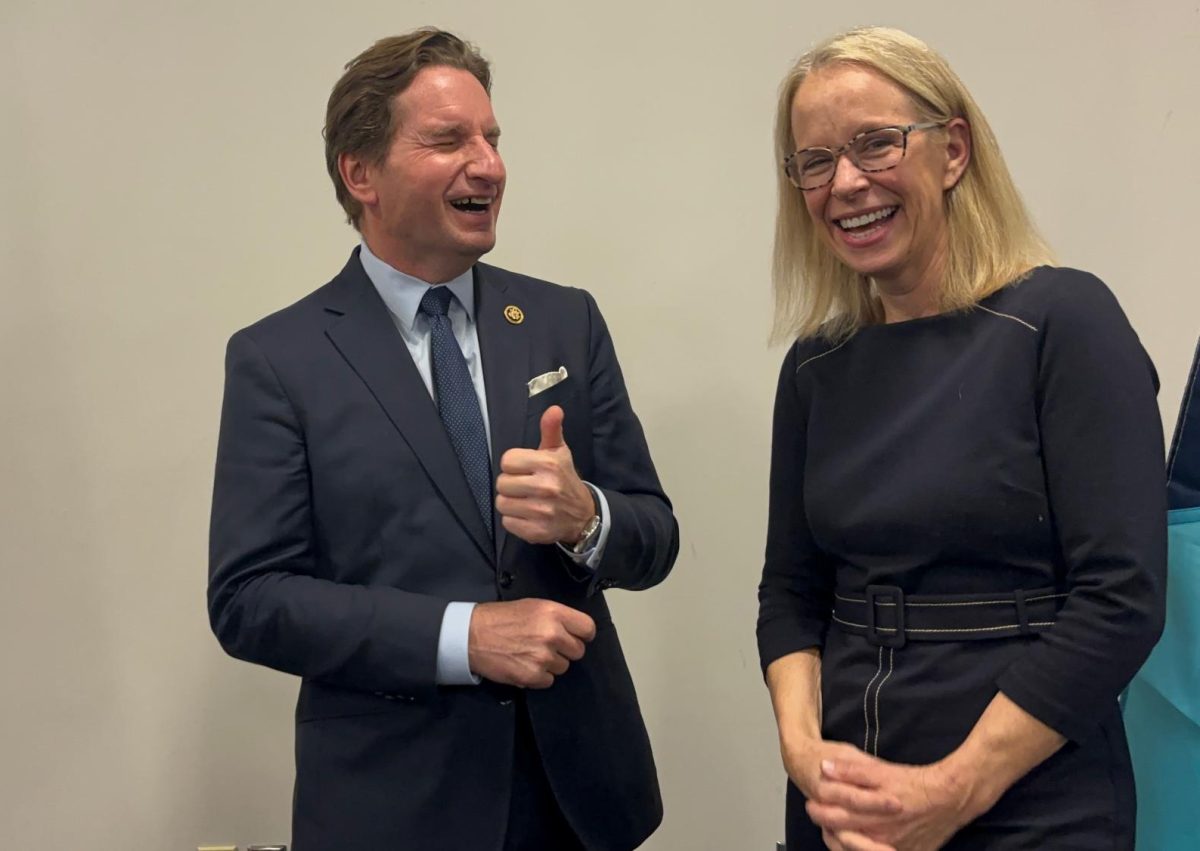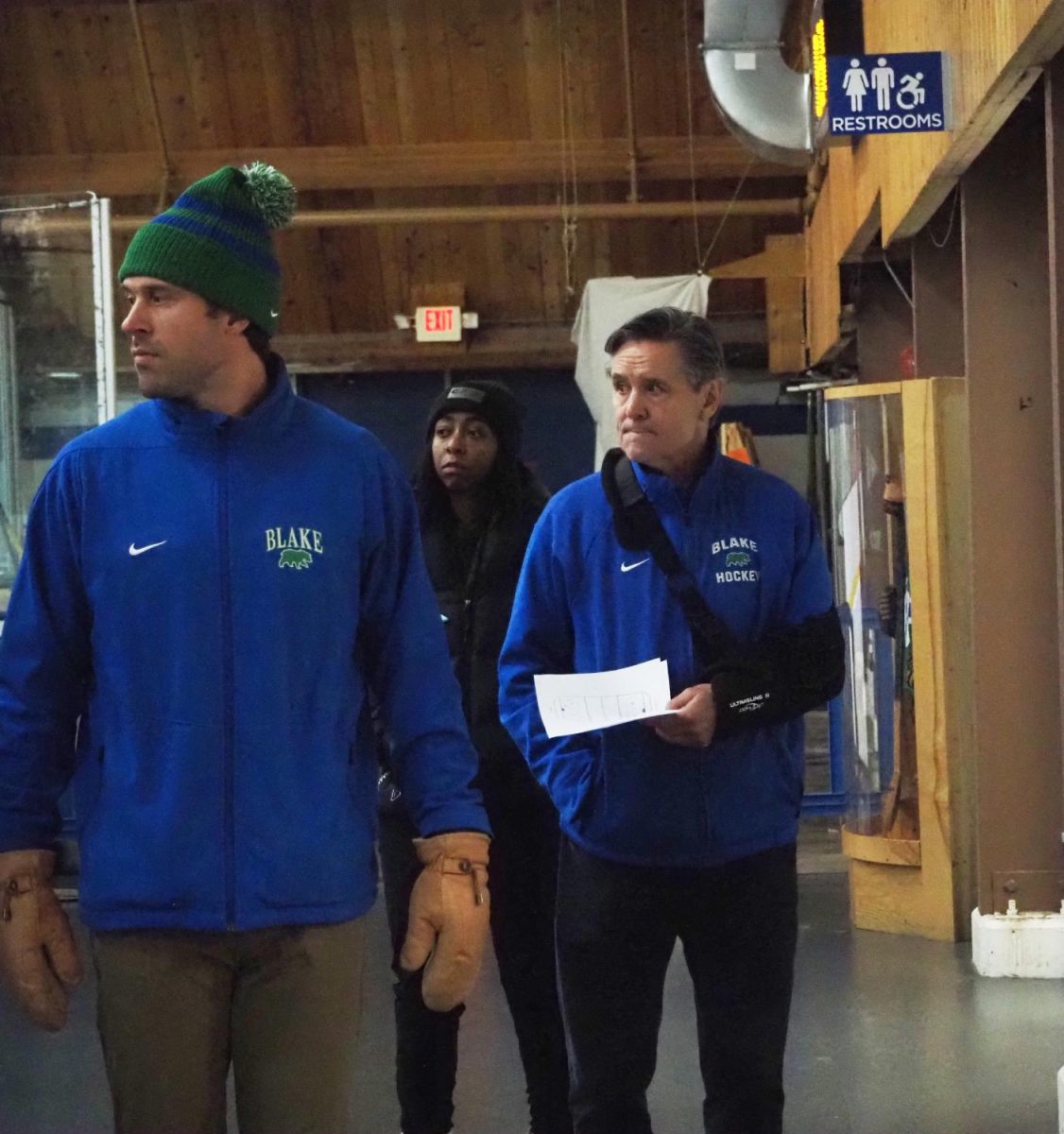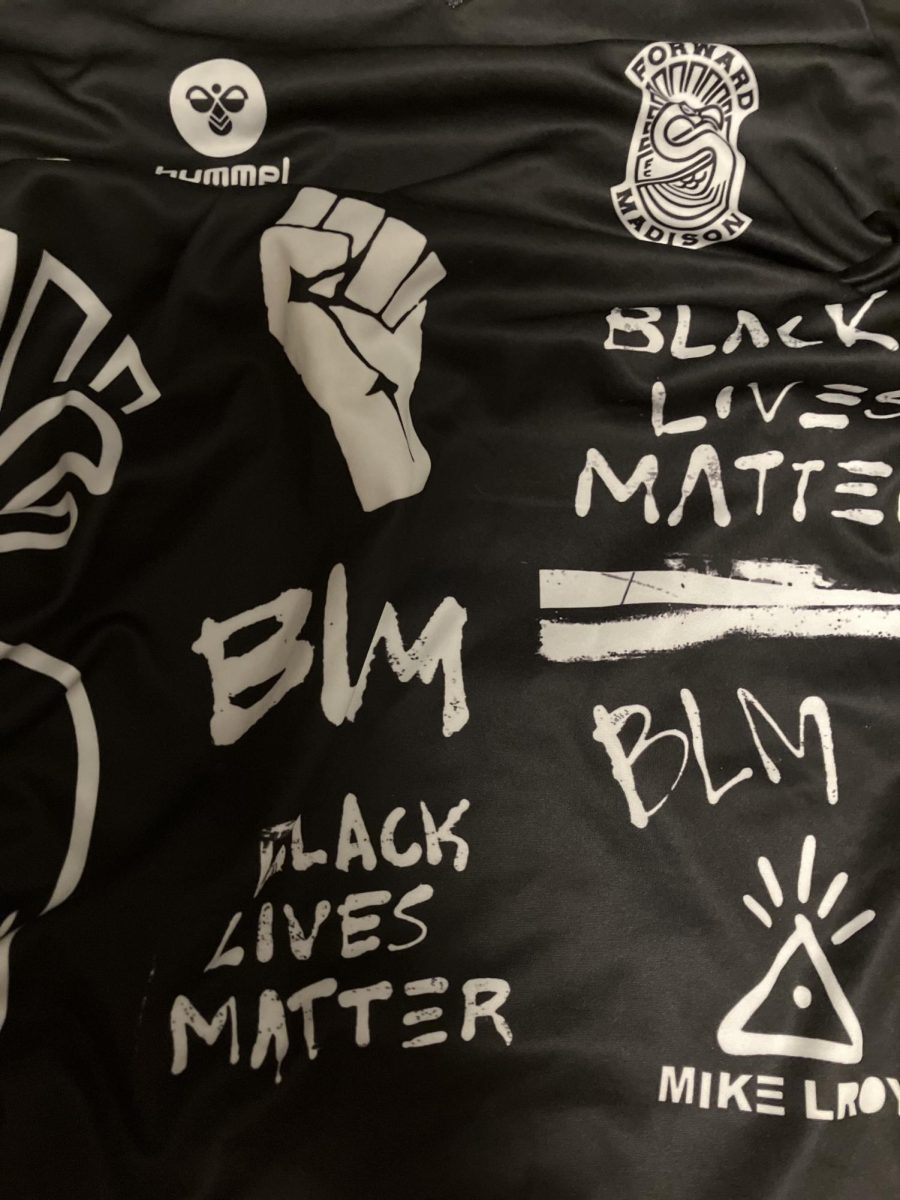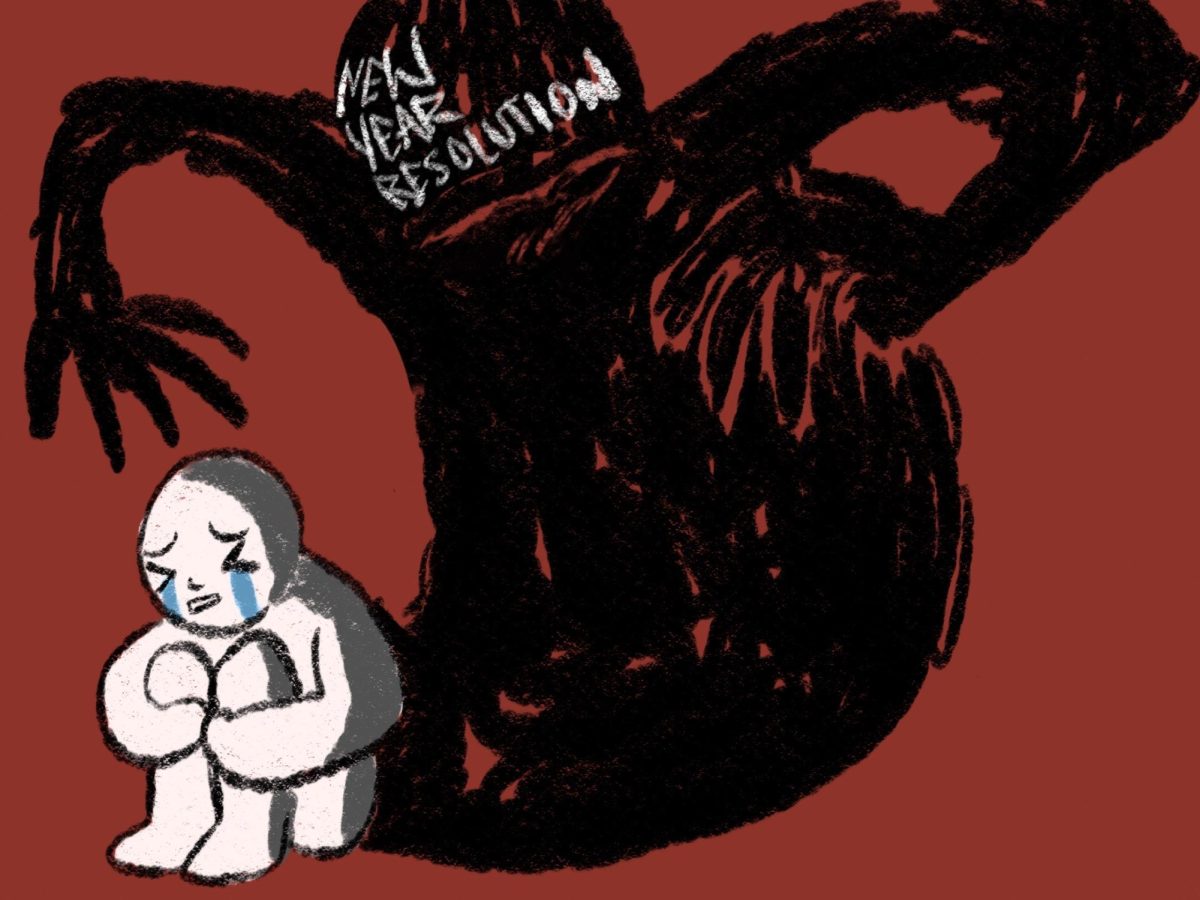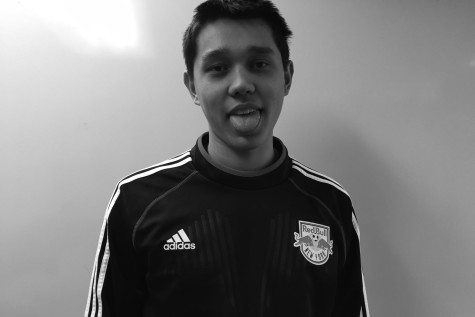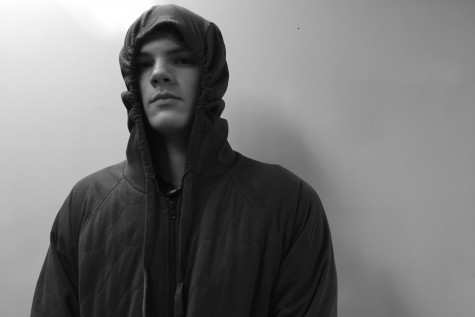Kicking off the season with a new strategy, Blake’s football team has decided to form alliances with long time opponents Minnehaha Academy and Saint Paul Academy. Spurred by a steady drop in student participation over the years, Blake is adhering to the old saying, “If you can’t beat ‘em, join ‘em,” joining with the Saint Paul Academy Spartans and the Minnehaha Redhawks– both of whom also suffer from a lack in student participation.
Participation has suffered in recent years due to multiple factors. Because of a growing number of single sport athletes, football has experienced a drop in numbers. Many athletes play just one sport all year round, due to both the fear of injury and the desire to have more time to improve their skills in their respective sport.
Nick Rathmann, Director of Athletics & Physical Education at Blake, is aware of elite leagues for single-sport athletes. He acknowledges, “If you’re a really good hockey player there are fall hockey leagues, so it makes it hard to be in football and hockey at the same time.” Because of this specialization, students are unable to participate in teams outside of what they specialize in, and at schools as small as Minnehaha, SPA and Blake, this can effectively end a program. As to why football is the sport being dropped by these single-sport athletes, Armaan Gori ‘16, one of the three Blake football captains, exclaims, “At Blake no one really takes football seriously; people only really care about lacrosse and hockey.” With total athlete participation in both hockey and lacrosse almost double the football program, this specialization has begun to wear away at the football program.
The second main reason for the drop in numbers is due to sport related injuries. Gori says that he believes that injuries, specifically concussions, are the reason why playing football isn’t more popular here at Blake: “A lot of people are really worried about concussions I know, and there’s a whole stigma around football with concussions.” This “stigma” Gori is referring to stems from thousands of reports of concussions and subsequent mental illnesses related to football.
According to Head Case, an organization with the goal of helping protect young athletes from the risks of undetected cumulative concussions, out of 100,000 athletic exposures, (games or practices) 75 of these exposures result in a concussion. While this statistic may seem minimal, hovering right around .075%, football is one of the leading causes of concussions, right behind falling, assaults, and cycling accidents.
Likewise, football captain Sam Gittleman ‘16 shares this belief that the stigma behind concussions is causing student participation to dwindle. He states, “I think people just see that there are a lot of injury risks with it, and there are injury risks, but I think that it [has] been exaggerated a lot and see stuff in the NFL and college and think high school football is the same, but it’s not quite like that.” Rathmann reinforces Gittleman’s argument, explaining that “A study that came out for injuries suggested that football wasn’t the most dangerous sport, there’s actually much more dangerous sports. So, every sport is dangerous, just like driving.”
However, while Rathmann admits that every sport does have risks, but the key is to minimizing those risks as best as possible. “It’s our job to do as many things as we can to put them in a really safe environment. We are buying all the newest helmets, the ratings just came out and we’re going to get the 5 star Xenith helmets. So we’re [going to] put them in the best headgear possible. We have a great relationship with the Twin Cities Orthopedics, we have a doctor on staff for all games and a trainer on for all practices.”
The merger enables separate varsity and JV rosters to be filled. Football captain David Myers ‘16 states, “I believe that the merger is mainly because we knew that we were going to have a small team, like less than twenty people, and I know that Minnehaha and SPA have around the same size teams,” and while twenty people may be enough athletes for some sports, football requires more.
When questioned about the size of the team, Gori states, “[It] is fine for a team, but not if you want to be good.” Gittleman reaffirms this stance, stating “Most football teams have anywhere between 40-70 people on them, which allows for a JV and varsity team to exist and for the varsity team to have solid competition and take breathers.” Without these large numbers, Blake’s ability to compete has been hurt in the past years.
No matter the reasons behind the lack of student participation, the end result is that, in the coming fall, Blake football athletes will suit up beside Minnehaha and SPA athletes. So far, everyone is excited about this merger. Rathmann says, “The current captains deserve a giant shoutout, they already assembled this past Sunday the SPA and Minnehaha kids and had a practice on a Sunday. Kid only. And everyone was highfiving and getting along. And one of the Minnehaha kids came over to Blake and hung out for a whole day. It seems like the kids are getting along and they’re pretty excited about it.”
Gori furthers this sense of camaraderie, stating, “I’ve met all these guys already, they’re all pretty chill. We already have captains practices on Sundays, so we’ve been hanging out at Buffalo Wild Wings, and we’re planning on playing paintball. Classic friend stuff!”
With these new changes in place, the spirit behind the games will change as much as the teams will. Gori exclaims how “there will be much more excitement, cause, you know, more schools, more fans, we’ll probably get Minnehaha’s marching band too.” Blake fans will now find that the Aamoth stands will be much more crowded, and that arriving early to games will become a necessity. Myers explains, “People will actually have to tailgate and show up early because there won’t be enough seats for everyone.”
As for the technical component of this merger, Rathmann explains that the games will be played at Blake, because Blake is the host school, and the colors will be royal blue from Blake, red from Minnehaha and gold from SPA. While the topic of this merger is relatively new, Rathmann states that “coaches will be decided by the end of [April]” and that “we’re merging a lot of the staff from all the schools together. But we know that there will be at least four coaches from Blake, including one from the Lower School, Middle School, and Upper School.”
With these technical issues in the works, a large revival is expected to occur in Blake’s football program. Rathmann concludes, “My hope is that when students come to a friday night football game at Blake, and watch a team wearing blue, red and gold jerseys, it will look and feel a lot like Blake football, even though there’s SPA and Minnehaha kids on the team. By merging the football program, we should be more competitive. We have a better schedule with more competitive and entertaining games that people will be able to come out and see. So my hope is that we rally around it.” With refreshed numbers and a much larger team, Blake may become a dominate force on the playing field, and instead of chanting “Go Bears,” we could very well chant “go Spartan-Bear-Hawks.”



